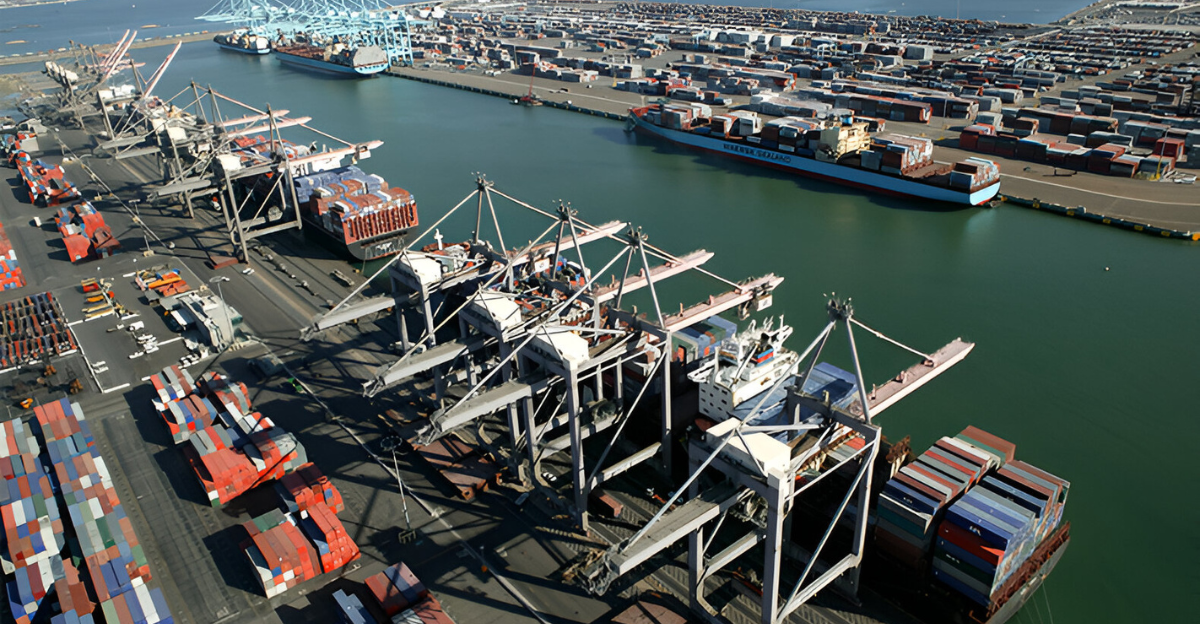
Shelved electronics shelves and delayed car repairs aren’t supply chain glitches; they’re signs of a coordinated geopolitical backlash. Seven leading Chinese, German, and Vietnamese ports canceled 37,000 U.S.-bound containers in June 2025 for agriculture, semiconductors, and EV components.
Rather than pandemic-era shocks, this is not a logistical issue: this is revenge for Trump’s 145% tariffs imposed on allied countries. A deliberate containment policy now confronts the U.S. with 25% of Trans-Pacific shipping capacity destroyed in weeks. It isn’t commerce, it’s economic warfare.
How Policy Triggered The Fuse With Tariffs
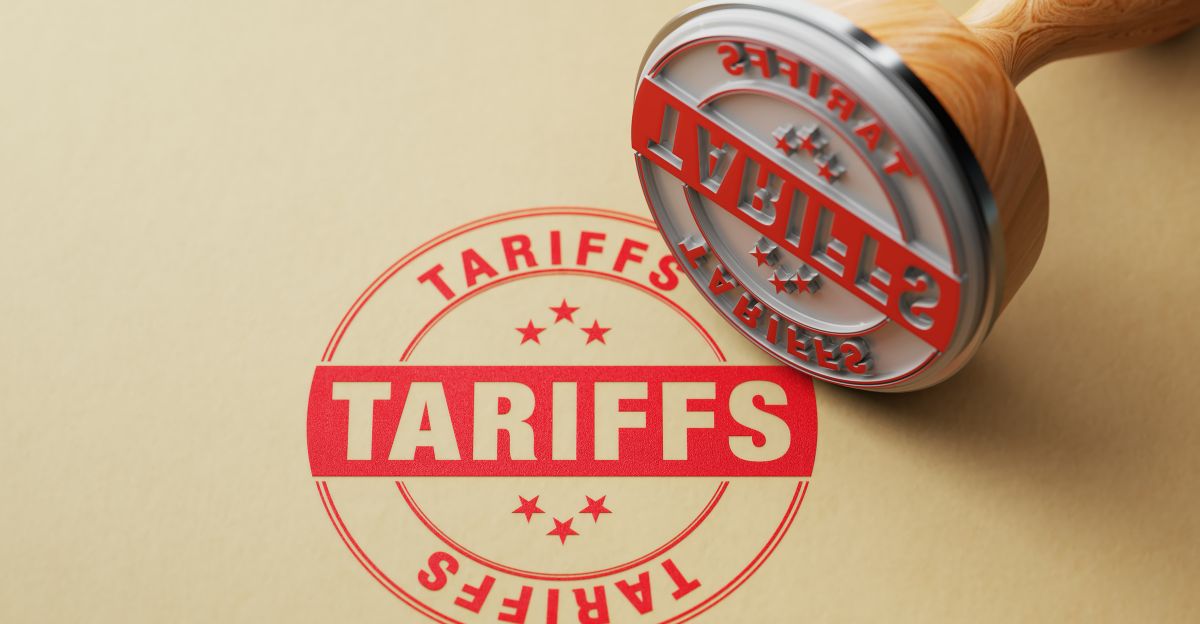
The blockade traces directly to Trump’s “Liberation Day” executive order imposing sweeping tariffs on Mexican vehicles, Canadian timber, and Chinese renewables. Within 72 hours, Beijing invoked Article 8 of its 2024 National Security Law, allowing seizure of “strategically sensitive” U.S. cargo, a clause initially targeting Taiwan.
Hamburg Port in Germany was next, citing EU countermeasures against the tariffs on steel. It’s not random disarray: it’s an intentional, strategic response to pilfer space in an existing loophole in the food provisions of the WTO’s ’emergency’ protocol system that makes a U.S. legal response ineffective.
The Midwest Agricultural Crisis Expands Across The Globe

Iowa soybeans rot in fields now that Brazilian crops board China-bound ships, a direct result of Beijing’s 30% “food security tariff” on U.S. crops.
The USDA projects $47B in losses at the farm level by Q3 2025, but the real damage is geopolitical: China’s new 20-year deal with Brazil includes access to naval bases off the Panama Canal.
America’s breadbasket starves to fuel rival supply chains, with 14% of U.S. agribusinesses teetering on the edge of bankruptcy.
The Impact Of Blank Sailings On The Collapse Of Logistics Networks
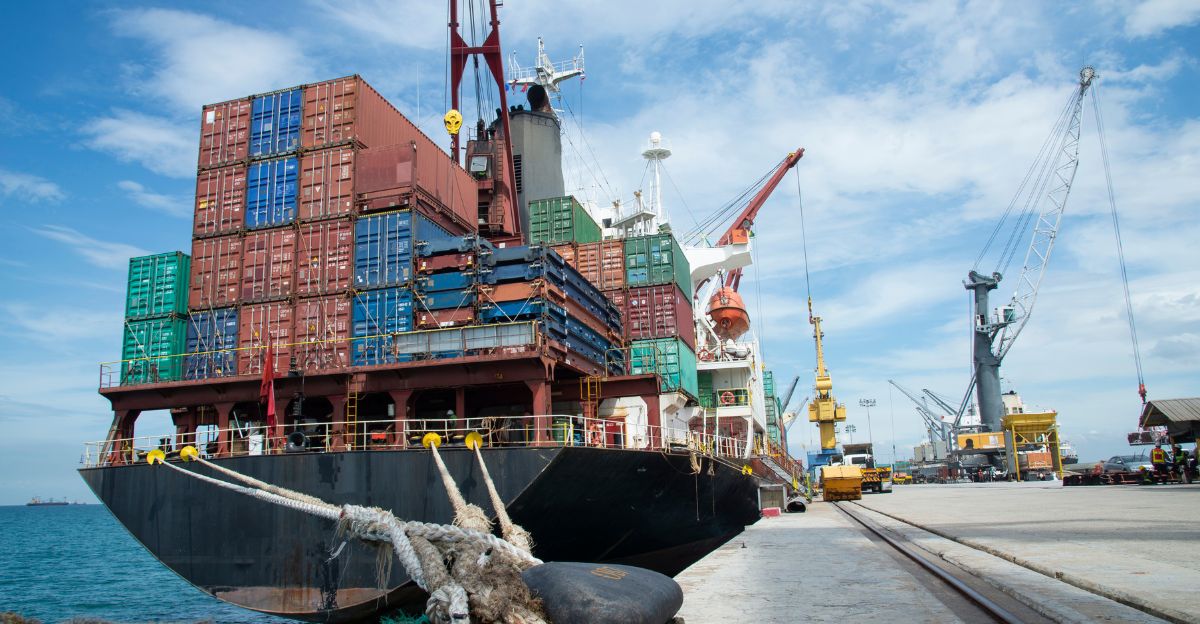
Carriers cancelled 198 Asia-U.S. routes in April 2025 alone, 43% more than during COVID’s peak. Mediterranean Shipping Company idled 12 mega-ships, each of which can handle 24,000 containers.
The Port of Los Angeles seeks a 35% volume drop through August, putting 8,000 dockworkers on furlough. Unlike pandemic disruptions, these blank sailings cannot be reversed; Maersk’s CEO describes them as “strategic capacity destruction.”
Mexico’s Double Play In The Connector Country Gambit
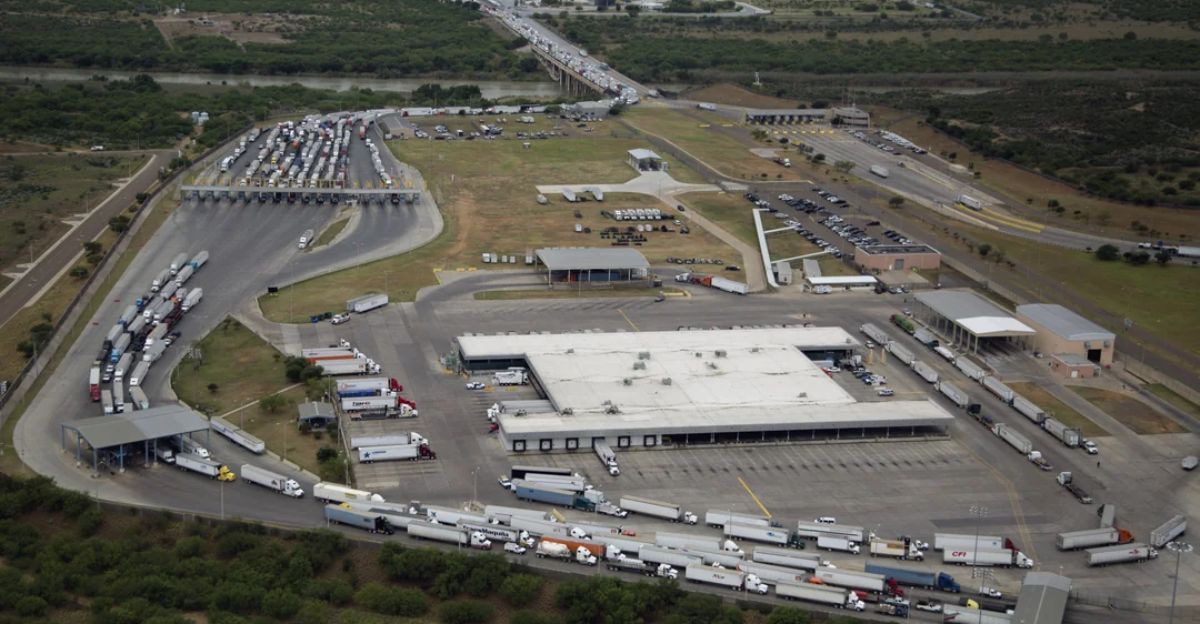
Nuevo Laredo warehouses are bursting with Chinese circuit boards stamped “Hecho en México”, a backdoor in USMCA rules. Mexico’s May 2025 exports to the U.S. rose 18%, but imports from China soared 40%.
It isn’t free trade: it’s an authorized backdoor, funded by Beijing at $12B of Mexican port upgrades to reroute U.S.-bound shipments. The play? Duplicate Vietnam’s 2024 chip pivot, now underpricing Texas chipmakers by 22%.
The Historical Shift From Continental Blockades To Code Wars
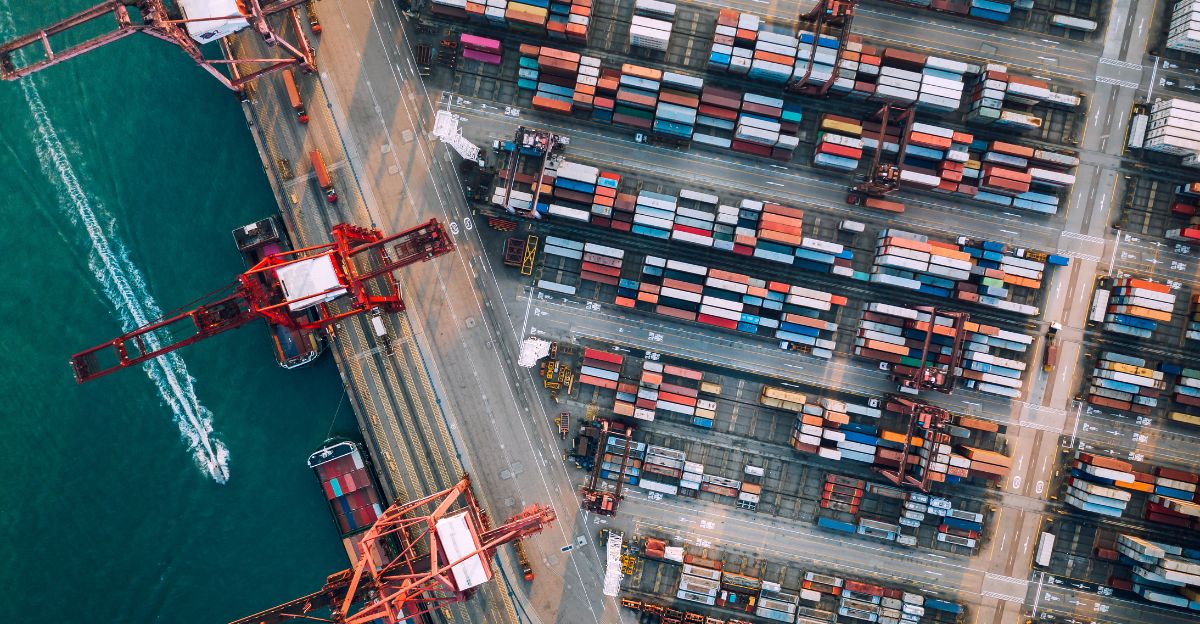
Napoleon’s 1806 blockade leveled British textile imports, reviving France’s linen industry, a mirror of the present-day U.S. microchip crisis. Similarly, Trump’s tariffs accidentally spurred Shenzhen’s drone exports by 31% as firms circumvented American tech.
The Confederacy’s 1861 cotton embargo failed because Britain possessed Indian substitutes; the present-day U.S. has 12 nations hoarding rare earth metals. History shows blockades accelerate rival innovation.
Consumer Collateral Damage – From iPhones To Insulin
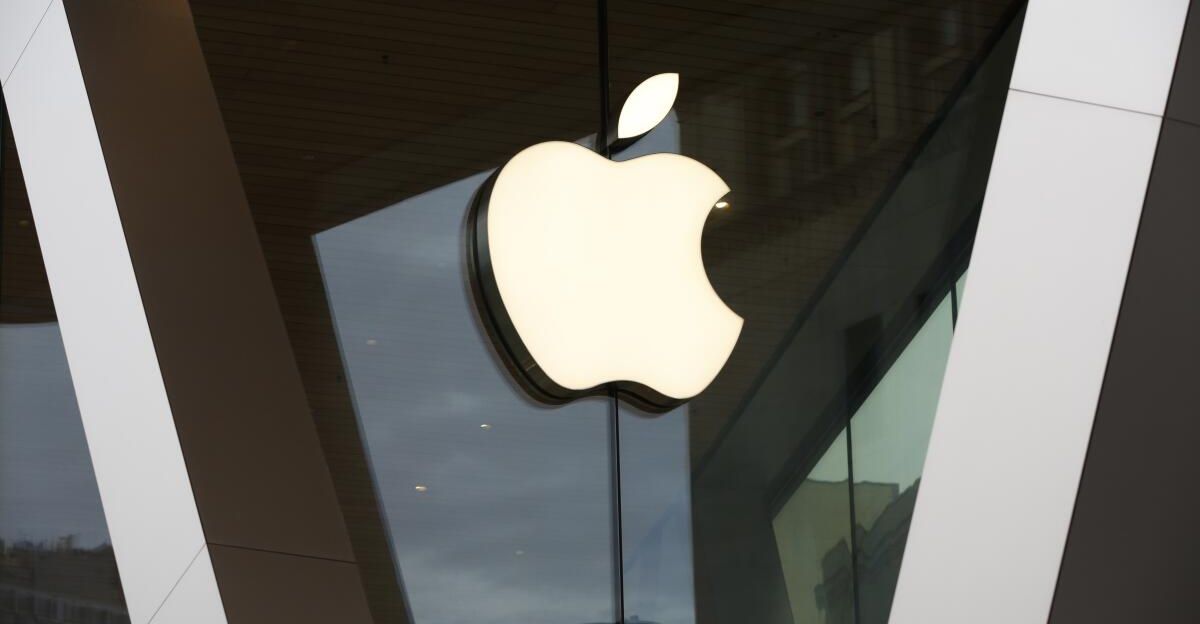
Apple slashed Q3 estimates after Vietnam suspended battery imports amid tariff disagreements. More significantly, 9% of US pharmaceutical imports are stuck as Hamburg Port suspends “temperature-sensitive cargo.”
The FDA monitors 147 drug shortages, including EpiPens and chemotherapy medications. It is not a shortage like in past crises, it’s selective pressure: China blocks Pfizer exports but blocks Moderna, distorting the $220B vaccine market.
How Walmart Uses An Underground Railroad Approach In Corporate Triage
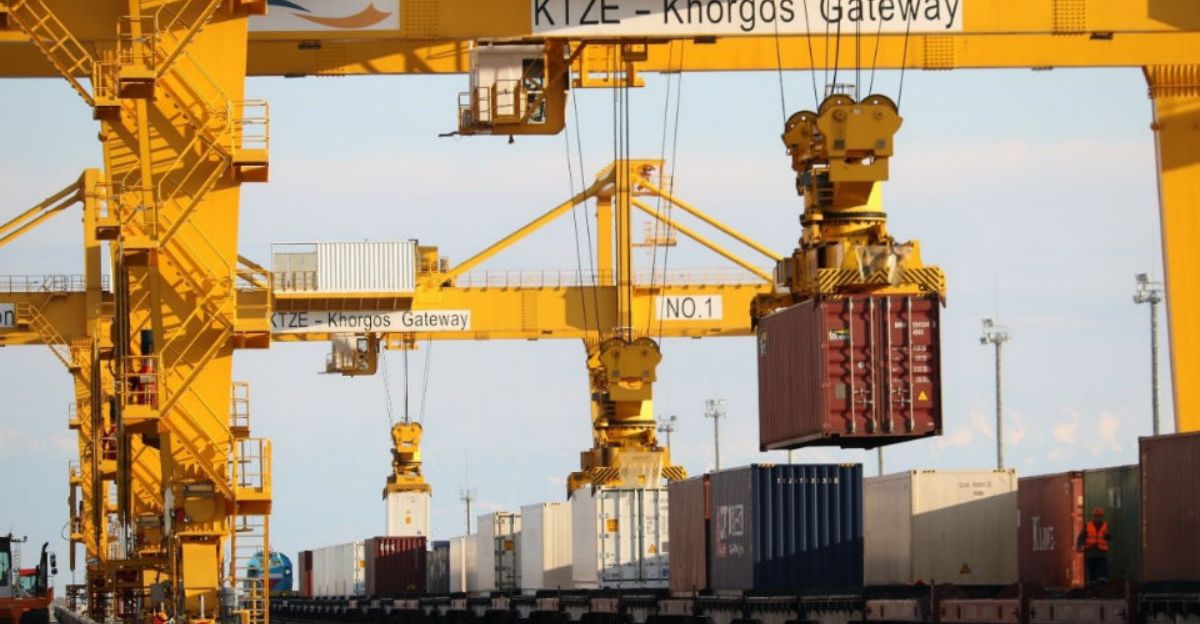
Retail giants are rezoning supply chains like Cold War-era smugglers. Walmart now ships Chinese goods via Kazakhstan’s Khorgos Gateway, which is 12 days extra but skips 37% tariffs.
Amazon chartered 18 Antonov freight planes to bypass ocean shutdowns, a $4B gamble that cut airfreight prices 19%. Tesla’s Shanghai Gigafactory, meanwhile, now exports Model 3s to Canada via the Arctic Northwest Passage, cutting through melting ice caps.
The Innovation Paradox And How Crisis Sparks Change
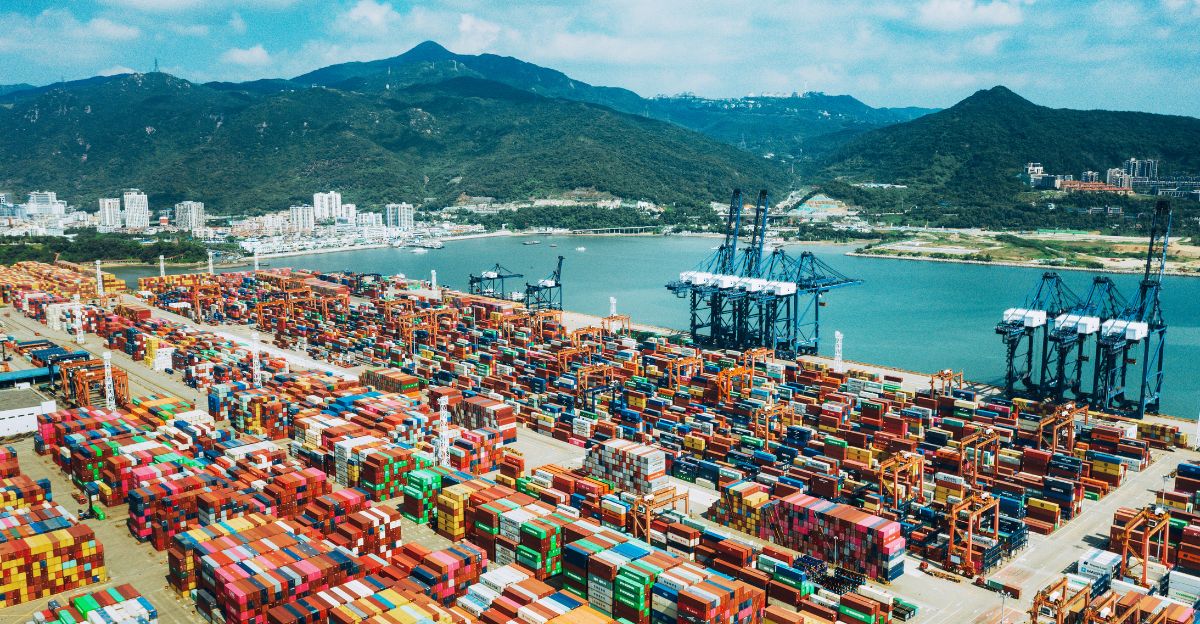
3M’s compelled pivot from Chinese rare earths spurred a $500M Appalachian coal waste recycle investment, yielding 94% pure gallium.
Similarly, due to blockades, Deere & Co.’s AI tractors now use 40% less Chinese chips. Agonizing as they are, the USDA sees farm bankruptcies spurred drone seeding adoption by 300%. Black swan innovations are born with each blockade.
The Rise Of Multipolar Trade In The New World Order

The rise of Multipolar Trade is not a short-term conflict; it’s the collapse of Bretton Woods’ international order. IMF data show intra-Asia trade grew 14% in Q2 2025 as transatlantic flows fell 9%.
The blockade exposed U.S. dependence on rivals’ infrastructure: 67% of web traffic to Asia crosses non-U.S. cables. America must either raise (and face a 1.2% GDP loss) or accept diminished influence. Either is the end of U.S.-centric globalization, the coordinated block proved it.
Discover more trending stories and Follow us to keep inspiration flowing to your feed!

Craving more home and lifestyle inspiration? Hit Follow to keep the creativity flowing, and let us know your thoughts in the comments below!
